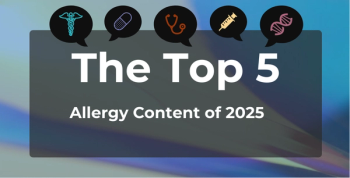
World Health Day Theme Is Diabetes: Prevent Type 2, Make Insulin Available
The World Health Day theme highlighted the need to prevent the disease in the developing world, and the fact that many groups play a part
With brand new data showing that the global population with diabetes has reached
Meanwhile, in Geneva, Switzerland, a presentation of findings of the
According to the WHO, the aims of World Health Day are to:
· Build awareness of the global increase in the diabetes burden and its impact, especially in low- and middle-income countries.
· Create specific and affordable tactics to fight diabetes, with a focus on prevention.
· Launch a global report on diabetes, covering the impact of both type 1 and type 2 disease.
· Promote the fact that diabetes is preventable: work with food and beverage manufacturers, employers, educators, civic groups, the media and individuals themselves to change behavior.
Availability of Insulin
Researchers at the University of Geneva have been spreading the message about the cost of insulin for some time. A panel discussion today highlighted the fact that cost is barrier for about half the 100 million people who need insulin each day.
David Beran, a researcher at the University of Geneva’s division of tropical and humanitarian medicine, said there are companies that could supply cheaper insulin than the “big three”—Novo Nordisk, Sanofi, and Eli Lilly—including companies in India and China, where rates of diabetes are exploding. But discussions need to happen to create new, lower-cost sources of insulin. No generic formulations are available globally, the according to the University of Geneva group.
Newsletter
Stay ahead of policy, cost, and value—subscribe to AJMC for expert insights at the intersection of clinical care and health economics.







































